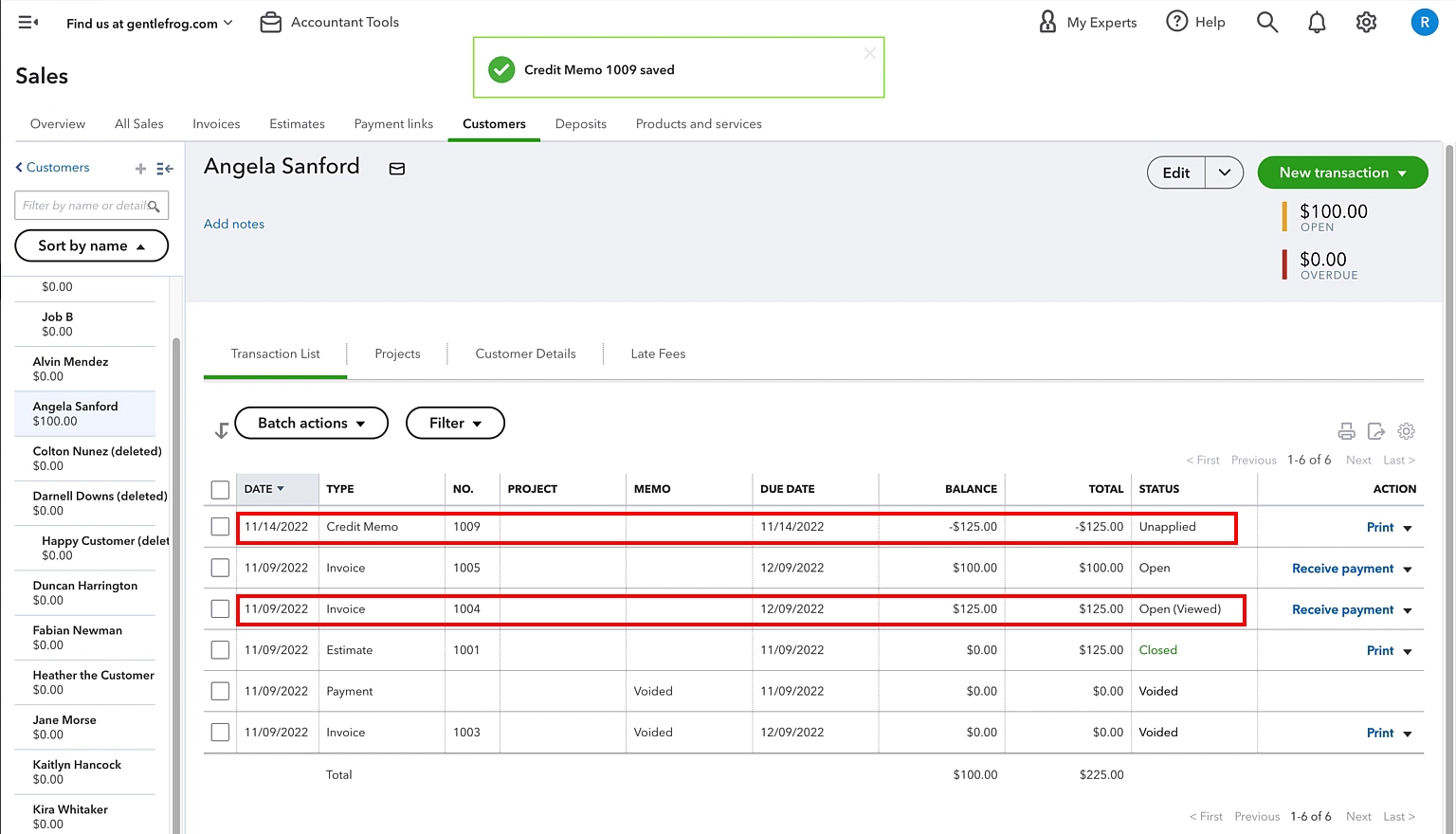Home>Finance>Profit Definition Plus Gross, Operating, And Net Profit Explained


Finance
Profit Definition Plus Gross, Operating, And Net Profit Explained
Published: January 12, 2024
Learn the meaning of profit in finance, including gross, operating, and net profit. Gain a clear understanding of key financial terms and how they impact businesses.
(Many of the links in this article redirect to a specific reviewed product. Your purchase of these products through affiliate links helps to generate commission for LiveWell, at no extra cost. Learn more)
Profit Definition Plus Gross, Operating, and Net Profit Explained
Welcome to our Finance category blog post where we will explore the world of profit and delve into its various aspects. In this article, we will focus on understanding the different types of profit, namely gross profit, operating profit, and net profit. By the end of this post, you’ll have a clear understanding of these concepts and how they contribute to the financial success of a business.
Key Takeaways:
- Gross profit represents the revenue left after deducting the cost of goods sold (COGS).
- Operating profit is the difference between gross profit and operating expenses, including overhead costs and salaries.
Profit is a fundamental concept in finance, serving as a benchmark for business success. It quantifies the financial gain a company achieves after deducting its expenses from its revenues. Understanding the different types of profit allows business owners and investors to assess a company’s financial performance accurately.
The Different Types of Profit:
1. Gross Profit:
Gross profit is the revenue remaining after subtracting the cost of goods sold (COGS). COGS includes the direct expenses associated with producing or procuring a company’s products or services. It encompasses raw materials, manufacturing costs, and direct labor. Gross profit is a crucial metric because it shows how efficiently a company can turn raw materials into finished goods.
2. Operating Profit:
Operating profit, also known as operating income or operating earnings, is derived by subtracting operating expenses from gross profit. Operating expenses encompass all the costs associated with running a business, such as rent, utilities, salaries, and marketing expenses. Operating profit represents the company’s ability to generate profit from its core operations without factoring in interest and taxes.
3. Net Profit:
Net profit, also referred to as the bottom line, is the final profit figure obtained after deducting all expenses, including interest, taxes, and other non-operating expenses, from operating profit. Net profit is considered the most comprehensive measure of a company’s profitability. It reflects the amount of profit a company retains after addressing all its financial obligations.
Understanding the Significance of Profit:
Profit is an essential metric for businesses and investors alike. Here are some key reasons why:
- Measuring Financial Performance: Profitability allows businesses to evaluate their financial health and assess the efficiency of their operations. Sustained and increasing profit indicates a healthy and well-managed business.
- Attracting Investors: Potential investors often look at a company’s profitability to determine its potential for growth and return on investment. Higher profits can attract investors, helping businesses raise capital for expansion.
- Business Valuation: Profitability plays a crucial role in determining the value of a business. The higher the profits, the more valuable a company is considered.
- Strategic Decision-making: Profitability metrics provide businesses with valuable insights to make informed decisions about pricing, cost optimization, resource allocation, and future investments.
Conclusion:
In summary, understanding the various types of profit, including gross profit, operating profit, and net profit, is essential for any business owner or investor. These metrics provide invaluable insight into a company’s financial performance, allowing for informed decision-making and strategic planning. By regularly analyzing profit figures, companies can identify areas for improvement and ensure long-term profitability and success.
We hope this blog post has shed light on the significance of profit and its different types. If you have any further questions or need assistance with your financial strategies, feel free to reach out to our finance experts.














